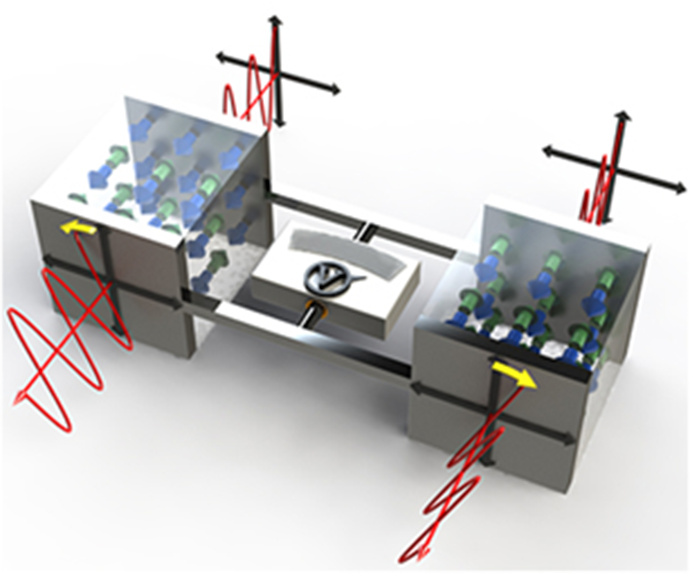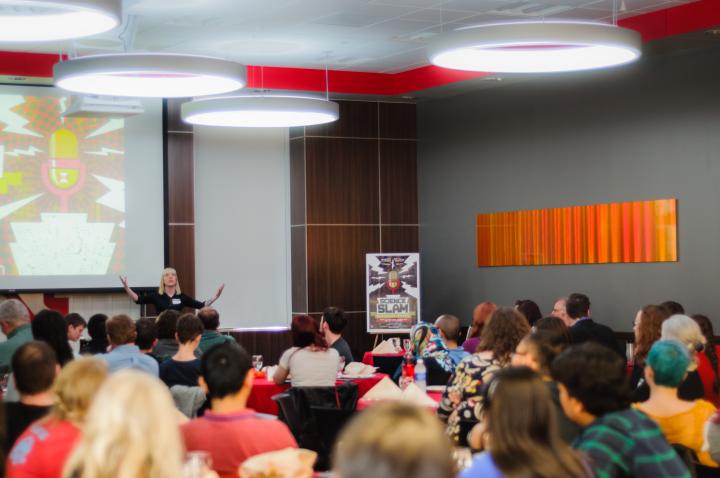IRG-2 has established the controlled tip-based absorption (writing) and desorption (deleting) of hydrogen on C/Si/Ge/Sn graphene materials at atomic len
IRG-2 has established the controlled tip-based absorption (writing) and desorption (deleting) of hydrogen on C/Si/Ge/Sn graphene materials at atomic len
The goal of this seed project is to bring first-principles theory closer to experimental reality by accounting for the finite temperature effects that are essential for describing the behavior of “r

Antiferromagnets are magnetically ordered materials which lack the net magnetization known for ferromagnets. In an antiferromagnet, spins arrange in opposing sublattices with mutually compensating magnetization. Not unlike ferromagnets, antiferromagnets can have domains. In a simple case, the domains are differentiated through spin reversal.

Held for the first time on March 16, 2016, on the University of Nebraska-Lincoln (UNL) campus, Science Slams is a new signature activity for the Nebraska MRSEC education and outreach program, and a first-of-its-kind event in the United States.
